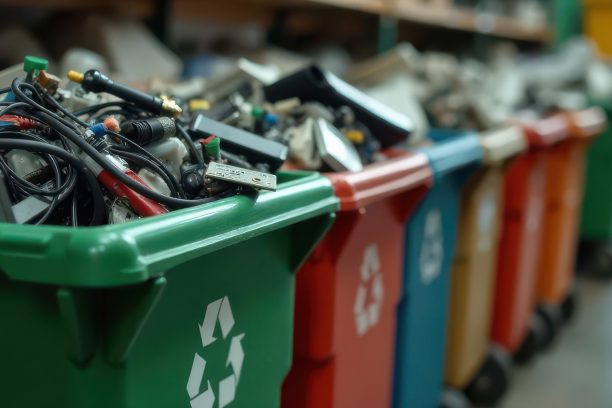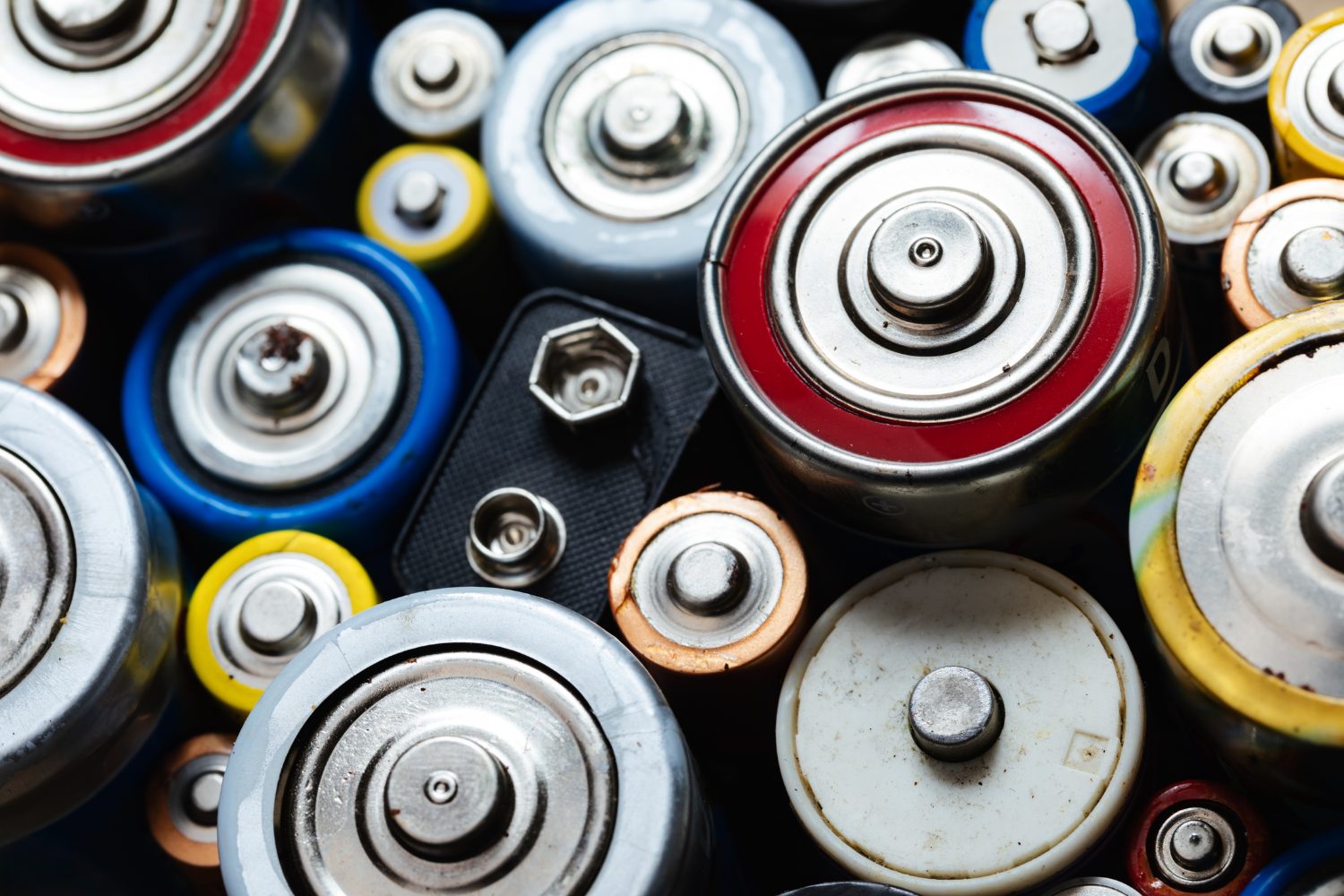Earth Overshoot Day: What If We All Aimed to Delay It?
Each year, Earth Overshoot Day marks when our collective use of natural resources exceeds what the planet can renew within a year. In 2025, this date is projected to fall on July 24th.
While it reminds us of the pressures we place on our environment, it’s also an opportunity to reflect on how we can help shift the balance. What if we, across all countries, took small, practical steps to push that date further into the year?
This isn’t just a theoretical question; it reflects a broader shift in how we think about sustainability. It begins with a change in mindset. We encourage businesses to think circular, reject linear approaches, and embrace circularity to keep more resources in use. An excellent place to start actioning this is with stronger environmental compliance, more circular economy strategies for product and packaging lifecycles, and reverse logistics systems prioritizing conservation over consumption.
From Obligation to Opportunity
At RLG , we recognize that environmental compliance can be challenging at times. However, it also provides a real opportunity for positive change. By embracing more innovative methods for returns, product stewardship, and resource recovery, companies can go beyond basic regulatory compliance and start to make a significant contribution to a more sustainable future.
RLG enables strategies within the circular economy that help reduce the reliance on virgin materials by extending the value of resources and minimizing waste, further reinforcing our commitment to driving meaningful environmental impact.
Let’s explore what that looks like across key sectors:
Textiles: Working Together to Close the Loop
The fashion industry faces challenges related to its environmental impact, yet making meaningful changes is not always straightforward. Companies must navigate shifting regulations, evolving consumer expectations, and complex global supply chains.
That’s why a more collaborative and circular approach is necessary. Frameworks such as Extended Producer Responsibility (EPR) for textiles can create shared goals that enable brands to take greater responsibility without having to go it alone.
Together we can:
- Design products with durability and recyclability in mind
- Set up take-back schemes for used or unsold items
- Source materials that support easier end-of-life recovery.
These changes don’t have to happen overnight. However, each step toward circularity can alleviate stress on natural resources, help minimize resource depletion, and contribute to long-term sustainability, product by product.
Packaging: Designing Packaging for a Circular Future
Packaging accounts for 40% of the planet’s plastic waste. Reuse systems, deposit return schemes (DRS), and eco-design principles can reduce the need for virgin materials.
What if more of us asked, “How can packaging be designed to contribute to a more circular, sustainable future?”
By embracing innovations in reusable packaging, standardized return systems, and greater material accountability, companies can reduce waste, enhance their brand reputation, meet the growing consumer demand for sustainability, and create more resilient supply chains. These initiatives prevent waste and extend the life of our natural resources while fostering new opportunities for innovation and customer engagement.
At RLG, we assist companies in implementing and managing packaging compliance. Our expertise in reverse logistics, compliance management, and take-back schemes empowers brands to streamline returns and confidently navigate complex regulatory requirements. Together, we can help you transform sustainable packaging goals into real-world impact.
Electronics and Batteries: Designing for Second Life
E‑waste is one of the fastest-growing waste streams globally, particularly concerning electronics and batteries. It often ends up in landfills or incinerators. However, with thoughtful design and the right compliance frameworks, there’s a real opportunity to recover value and reduce environmental impact.
Regulations such as the WEEE (Waste Electrical and Electronic Equipment) Directive provide a framework for transitioning from a linear to a more circular electronics model. When companies go beyond the basics of compliance, they can help:
- Recover valuable materials like rare earth metals
- Enable repair, refurbishment, and resale
- Design products and batteries for disassembly, removal, and reuse
Batteries, in particular, play a key role. Recycling becomes more viable when material is removable, replaceable, and traceable, and product lifespans can be extended. These changes not only support compliance but also help conserve limited resources and reduce the overall environmental cost of innovation.
At RLG, we help companies turn these challenges into circular solutions through innovative collection and reuse systems and regulatory guidance, built for long-term impact.
A Shared Opportunity to Shift the Date
Delaying Earth Overshoot Day won’t come from a single breakthrough but from thousands of small, practical steps taken by companies across industries. From designing longer-lasting textiles to creating reusable packaging and recoverable electronics, each action contributes to a more circular and resource-conscious future.
To successfully close the circularity gap, everyone must take many small steps. These shifts don’t have to be overwhelming. With the right systems in place, environmental compliance can shift from a regulatory obligation to a strategic advantage, fostering innovation, resilience, and long-term value.
At RLG, we partner with businesses to support their transition to more sustainable practices. Whether through compliance support, reverse logistics, or take-back programs, we help turn sustainability goals into measurable outcomes. Companies that adopt circular principles not only scale more effectively but are also better positioned for long-term success. By reducing resource overuse, they build resilience and are more likely to thrive amid climate challenges and material scarcity.
RLG is one of Reconomy’s brands, and we are a trusted partner to many. This is evidenced by the results we achieve. We measure our own circularity gap and calculate it at 55%. A key part of measuring our impact is tracking Earth Overshoot Day. During 2024, our mass-flow analyses measured that our 2023 activities (including resources managed for our customers) pushed the date back by 10 minutes, and we estimate that in 2024 it was 12 minutes. With increasing closed-loop initiatives in development across Reconomy and its family of brands, we, alongside our customers, can make a positive impact.
Earth Overshoot Day is not a fixed point. Together, we can help move it back.
Disclaimer: This content is for informational purposes only and should not be considered legal advice. Laws are subject to interpretation and change without notice, so always consult with professional advisors and refer to primary sources. Content is accurate as of publication date but may not be regularly updated.









